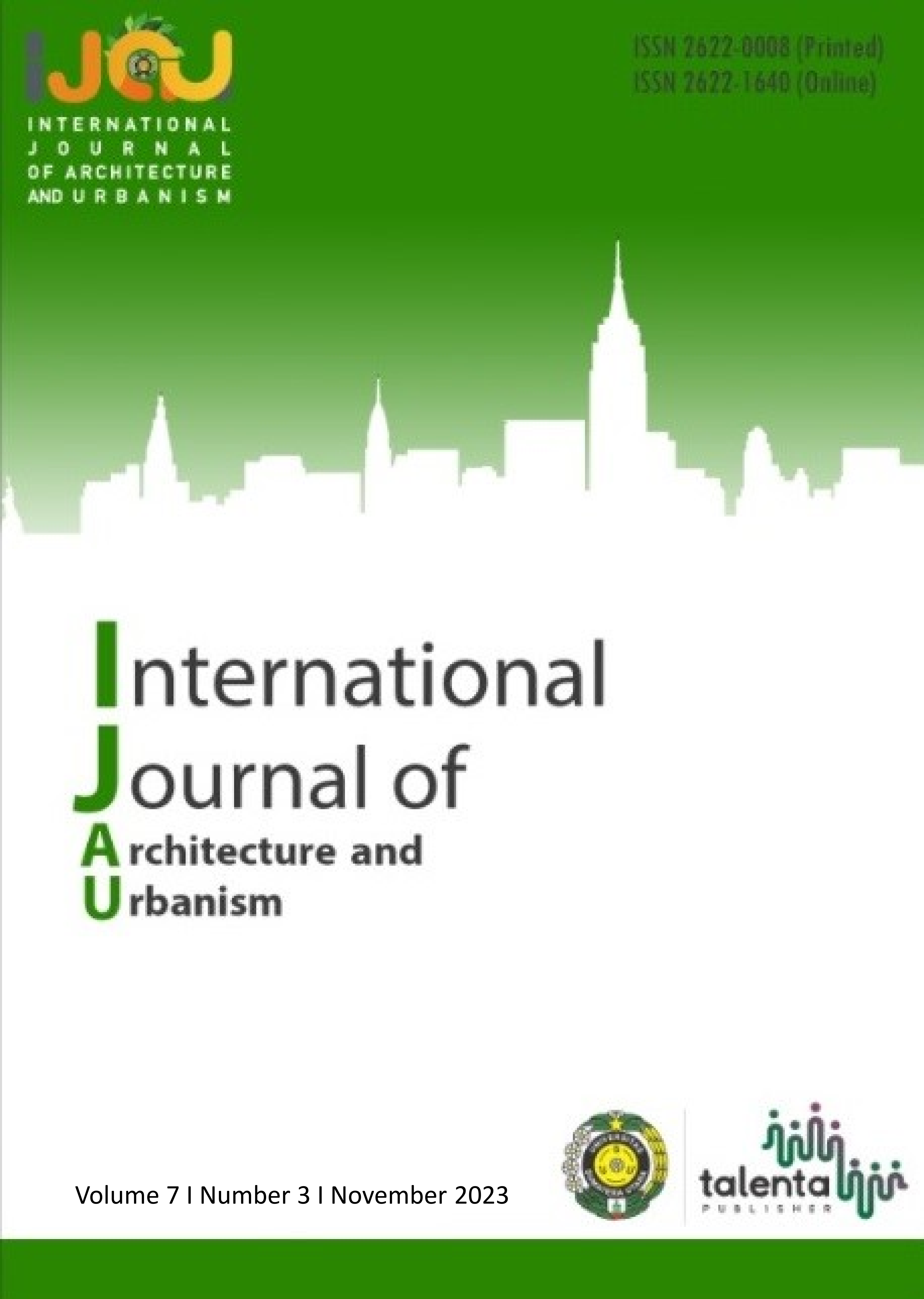The The Distortion In Libyan Architecture's Identity Between Its Past And Present
DOI:
https://doi.org/10.32734/ijau.v7i3.14276Keywords:
Identity – Domestic - Architecture – Fundamental - StyleAbstract
Architectural composition, as a stand-alone form, created a unity of urban identity, gathering in the whole and forming civilization through the ages. As well, buildings with the character of traditional architectural style may create a sense of belonging and belongingness that is distinctive and cannot be duplicated, as well as symbolizing people's identities. In addition, it is still significant that architectural identity plays a role in improving place identity, memory, and belonging. Architecture and place identity have become the central themes of architectural debates in Libya; their form and content are flawed and transformational due to social factors and policies. As a result, realizing these transformations and solving the problem of architectural identity is more important. In this working paper, a qualitative, broad review of Libyan city identity is presented. This article included examples of architecture in use throughout Libya to gain a thorough understanding of the turmoil that is relevant to the present and future identities of Libyan cities. As a conclusion, the article summarized some facts that could be considered from reviews of the heritage of local architecture as references and from general discussions about the current situation in order to develop the vision of building local identities.
Downloads

Published
Versions
- 2023-12-06 (2)
- 2023-11-30 (1)
How to Cite
Issue
Section
License
Copyright (c) 2023 International Journal of Architecture and Urbanism

This work is licensed under a Creative Commons Attribution-ShareAlike 4.0 International License.

.png)










